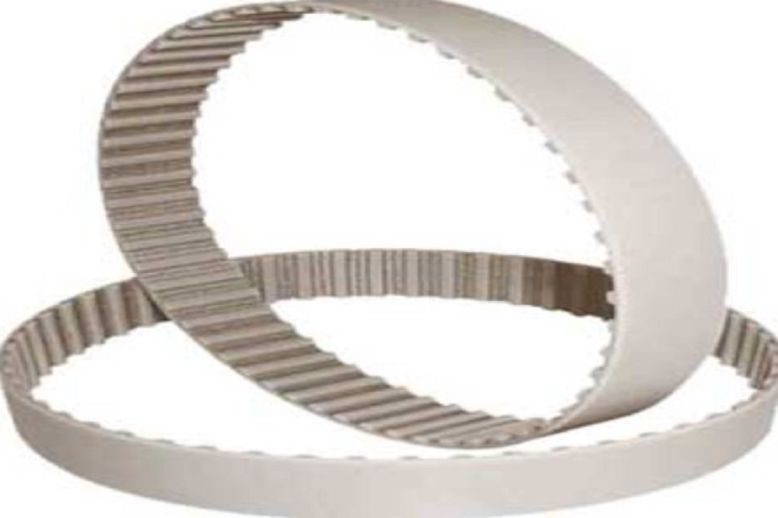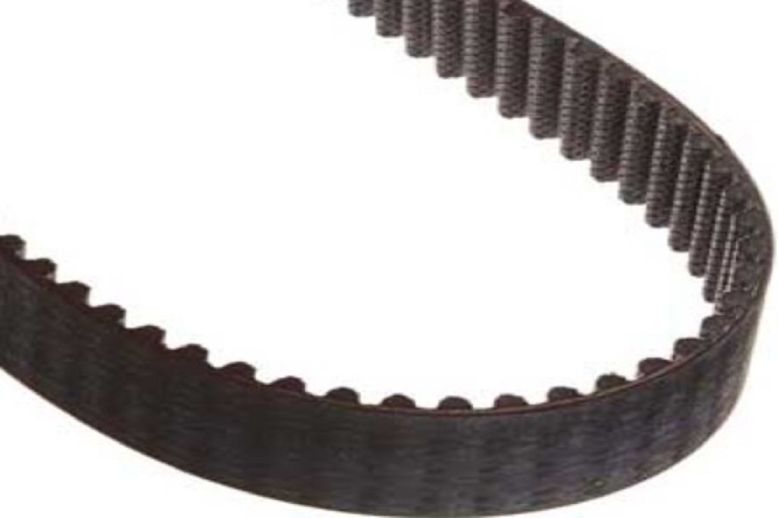
In the world of mechanical power transmission, transmission belts are indispensable components that ensure the synchronized movement of various machinery parts. Among the array of timing belts available, the HTD (High Torque Drive) transmission belt has emerged as a key player in engineering and manufacturing. Renowned for its durability, efficiency, and versatility, the HTD timing belt is a vital cog in modern industry. This comprehensive article delves deep into HTD timing belts. It explores their design, applications, advantages, and why they stand out as a practical choice for a wide range of industries.
Understanding the HTD Timing Belt
HTD timing belts belong to a family of synchronous belts engineered to transmit power efficiently while ensuring precise timing between the driving and driving components. The "High Torque Drive" designation reflects their ability to handle high torque loads effectively. Key characteristics of HTD timing belts include:
1. Curvilinear Tooth Profile: HTD timing belts feature a curvilinear tooth profile, which offers more surface contact with pulleys or sprockets than traditional trapezoidal tooth profiles. This results in enhanced load distribution and reduced wear.
2. Tooth Shape: HTD timing belt teeth are rounded and deeper, which reduces stress concentration on the belt's teeth, contributing to their longevity and durability.
3. Efficiency: HTD timing belts are known for their high power transmission efficiency, making them suitable for applications where precision and minimal energy loss are critical.
4. Versatility: These belts are available in various pitches and widths, allowing engineers to choose the best-suited configuration for their specific application.
Applications of HTD Timing Belts
HTD timing belts find applications in a wide range of industries due to their versatility, durability, and efficiency. Some notable areas where HTD timing belts play a pivotal role include:
1. Automotive Industry: HTD timing belts are commonly used in automobile engines to synchronize camshaft and crankshaft rotation, ensuring efficient engine performance.
2. Industrial Automation: In automated machinery and conveyor systems, HTD timing belts provide precise motion control, facilitating material handling and assembly processes.
3. Robotics: Robotics applications often require accurate positioning and timing, making HTD timing belts an ideal choice for tasks like pick-and-place operations and assembly.
4. Printing Machinery: In printing presses, HTD timing belts contribute to precise paper feeding, ink distribution, and image registration.
5. Food Processing: The food industry relies on HTD timing belts for conveying and packaging applications, ensuring accurate product movement along production lines.
Advantages of HTD Timing Belts
HTD timing belts offer practical advantages across industries:
1. Durability: HTD timing belts are designed to withstand high loads and resist wear and abrasion, resulting in a longer service life and reduced maintenance.
2. Efficiency: Their curvilinear tooth profile and efficient power transmission reduce energy consumption, making them cost-effective in the long run.
3. Versatility: HTD timing belts are available in a range of sizes and configurations, allowing engineers to select the optimal belt for their application.
4. Low Noise and Vibration: HTD timing belts operate quietly and with minimal vibration, making them suitable for applications where noise reduction is crucial.
5. Precision: These belts provide precise timing and positioning, ensuring accurate and repeatable performance in various applications.
Unique Features of HTD Timing Belts

To understand why HTD timing belts are unique and practical, it's essential to explore their design features in more detail:
Pitch Variations: HTD timing belts come in various pitches, including 3mm, 5mm, 8mm, and 14mm, each suited to different load and speed requirements.
Material Selection: Manufacturers offer HTD timing belts in different materials, including rubber and polyurethane, to accommodate specific application needs.
Customization Options: HTD timing belts can be customized in terms of length, width, and tooth profile to meet the precise requirements of different machinery. Click here
Tensioning Mechanisms: Proper tensioning mechanisms ensure that HTD timing belts maintain the right level of tension, preventing slippage and misalignment.
Conclusion
The HTD timing belt, with its curvilinear tooth profile, durability, efficiency, and versatility, stands out as a practical choice for industries seeking reliable power transmission solutions. Its applications span across industries, from automotive engines to robotic arms, where precision and efficiency are paramount.
The advantages of HTD timing belts, including durability, efficiency, and versatility, are an indispensable component of modern engineering and manufacturing. As industries continue to evolve and demand higher levels of precision, HTD timing belts are poised to play a crucial role in shaping the future of power transmission. They offer engineers and manufacturers a reliable and efficient tool to drive innovation and progress.